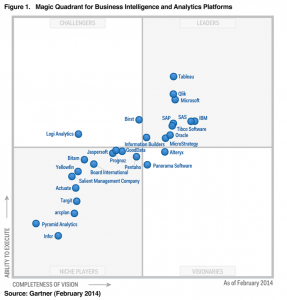Microsoft Corp. has one of the most complex supply chains in the world.
And to keep it humming and ensure supply keeps up with demand for its hottest products, the company is reinventing its supply chain.
In a newly released Webcast (watch the video above), the company discusses how it is teaming with SAP Ariba and Intrigo Systems to create a scalable, modern platform to support the efficient, cost-effective manufacturing of its most popular products, including the Xbox and Surface.
“At Microsoft, our mission is to empower every person and organization on the planet to achieve more. And our strategy to achieve this is to build best-in-class systems and platforms and productivity systems,” said Ali Khaki, Principal PM, Supply Chain Engineering, Microsoft.
“When we looked at our supply chain, it was clear we needed to build a flexible, scalable platform that could support the complexity of our hardware business.”
And it is using SAP Ariba solutions for direct spend to do it.
“The Ariba® Network is the backbone for Xbox and Surface line of products supply chain,” Khaki said.
Through the Ariba Network and the cloud-based applications delivered on it – including SAP Ariba Supply Chain Collaboration™, Microsoft has created a modern platform from which it can safely and easily collaborate with multiple tiers of contract manufacturers and suppliers across key supply chain planning and execution processes, including:
- Sharing production forecasts, orders, quality, and inventory information.
- Anticipating and resolving supply assurance problems.
- Onboarding suppliers.
Read more at Microsoft Reinvents its Supply Chain by Leveraging SAP Ariba & Intrigo Systems
If you have any opinions, please write it in the comment box below. Subscribe us to get updates.




















